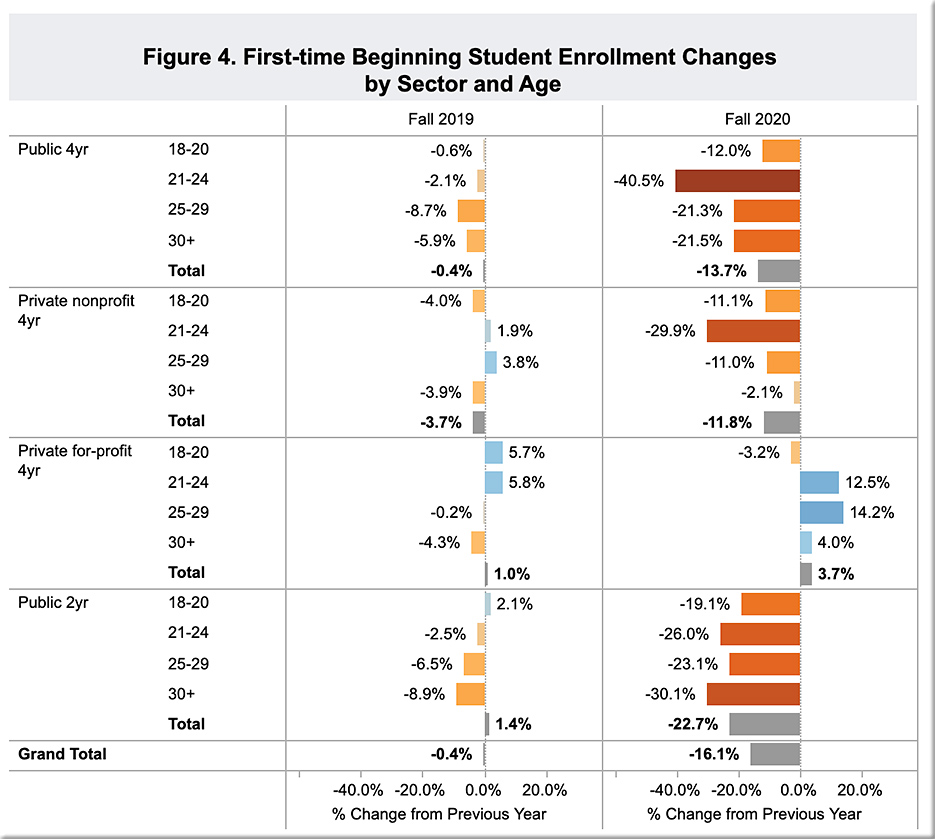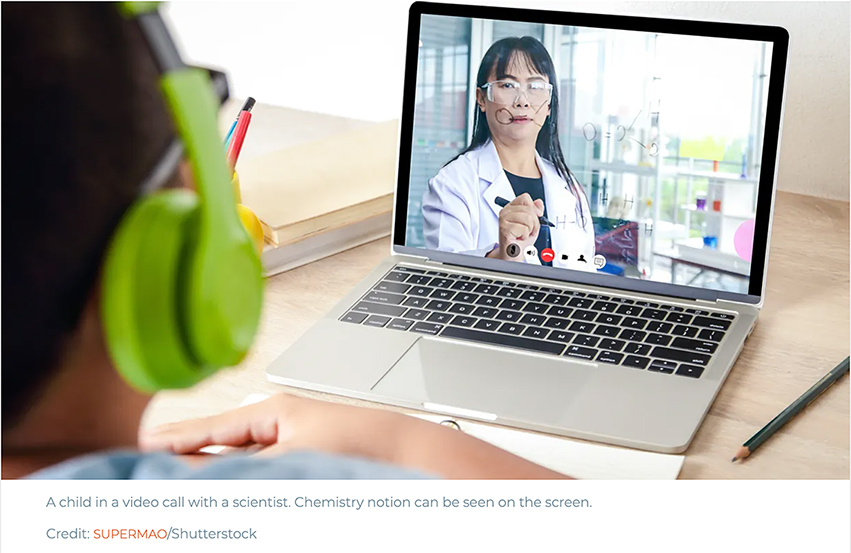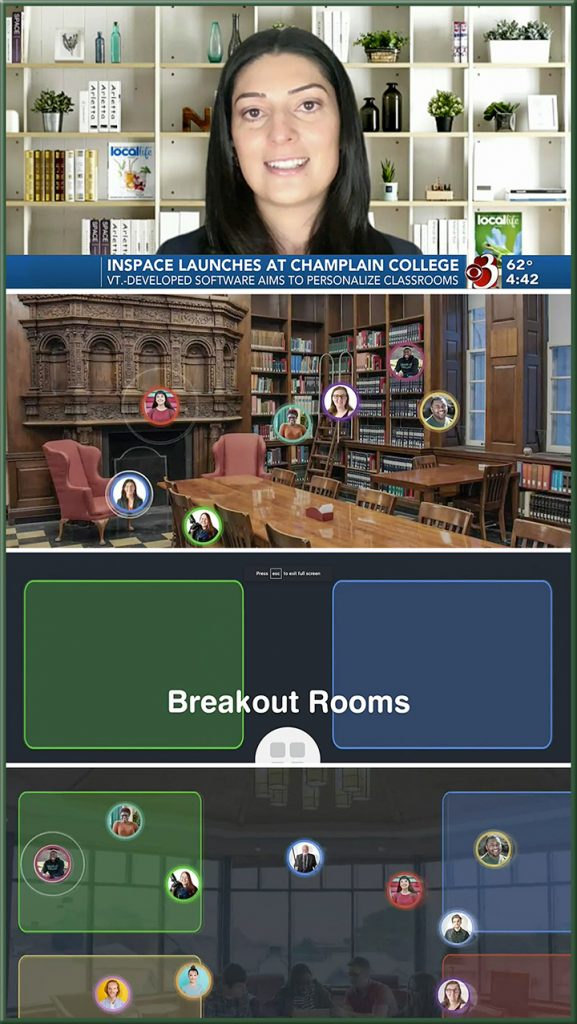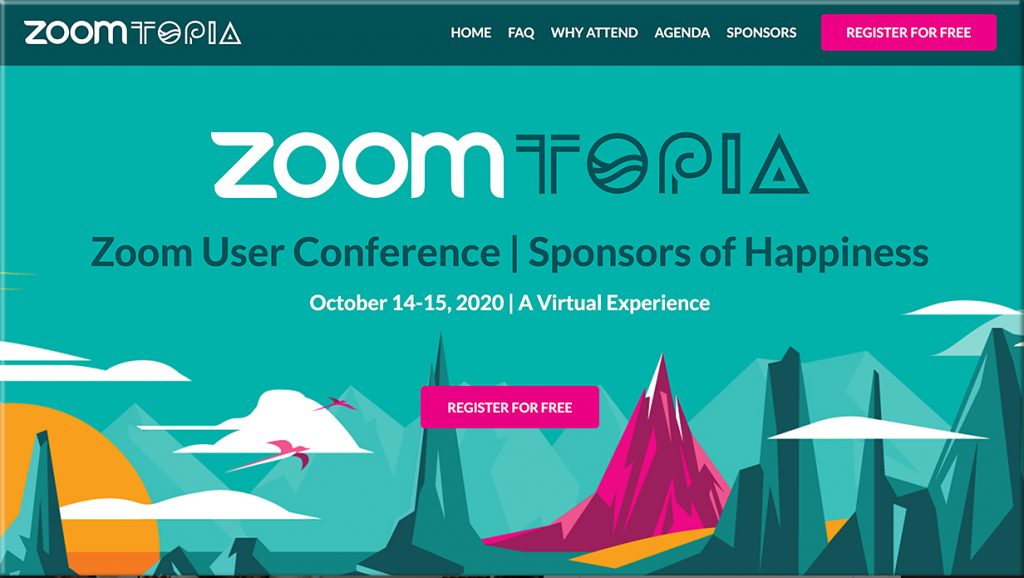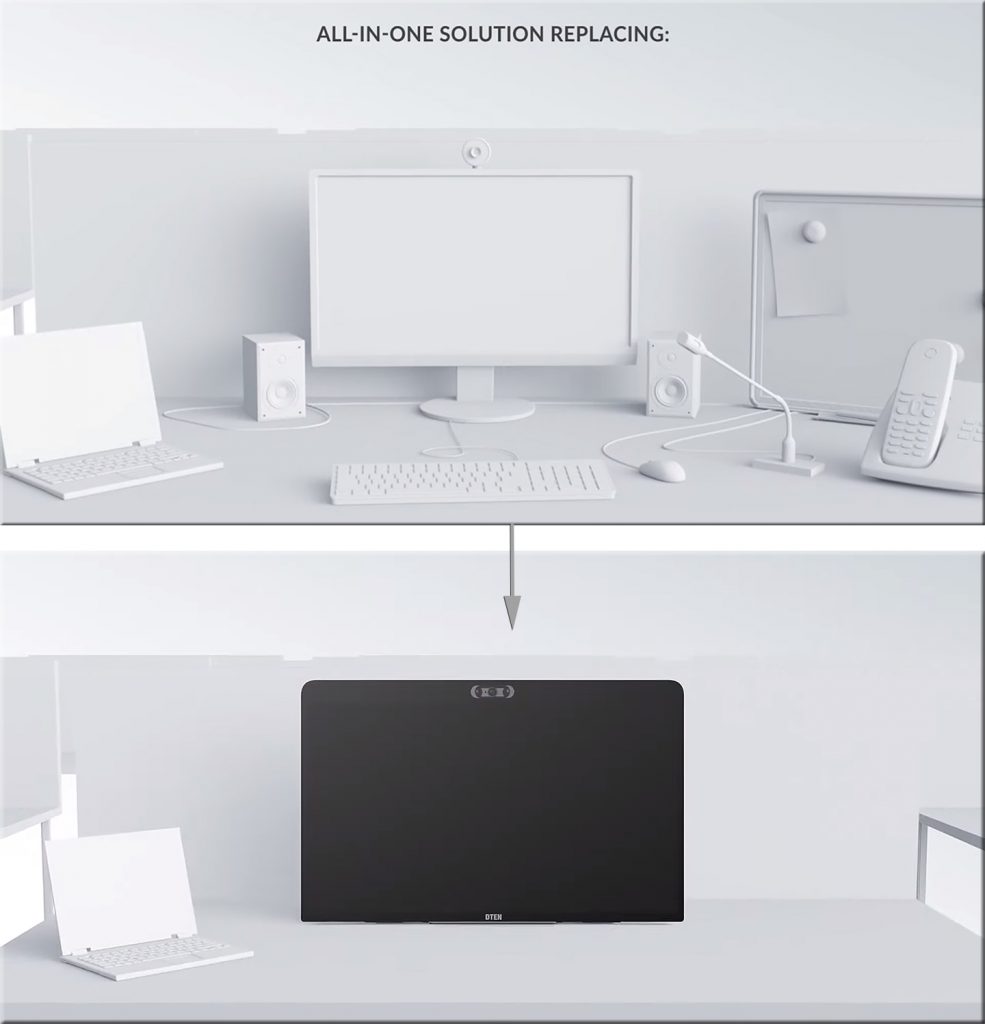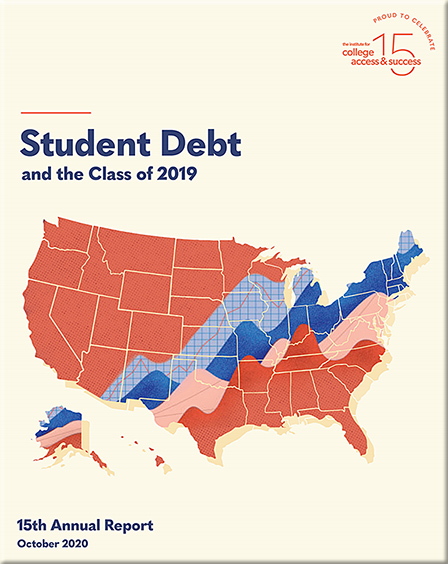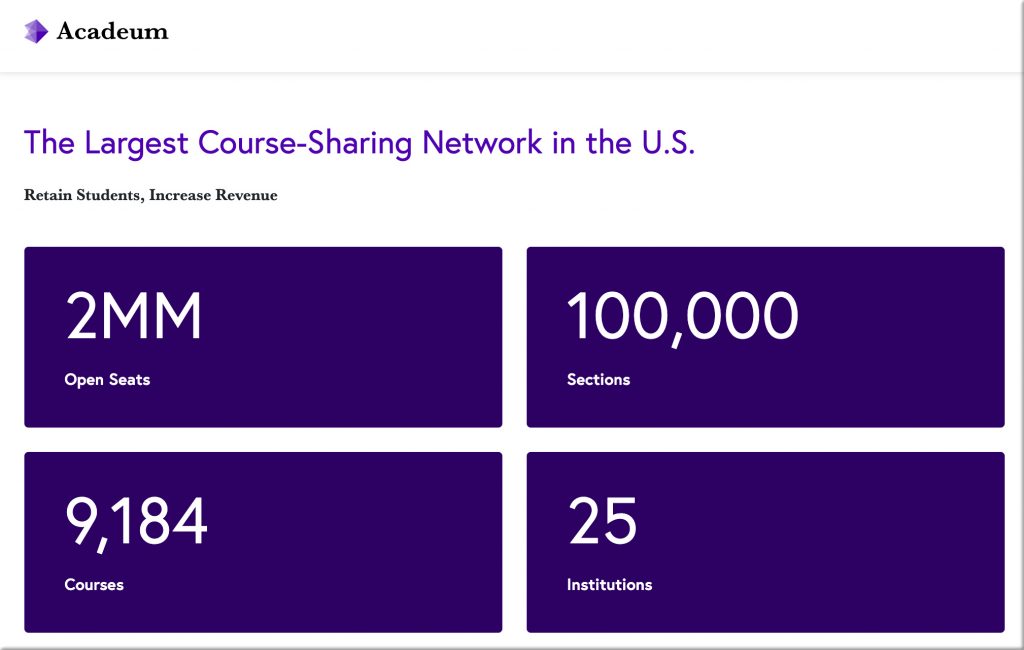Pay attention! Attention is a necessary condition for learning experience design, but poorly understood… — from donaldclarkplanb.blogspot.com by Donald Clark
Excerpts:
Attention is to selectively focus your mind and effort on that which has to be learned. Attention matters as it is what manages new data that has to be processed in working memory. Focused attention narrows down input from sensory memory and your recall knowledge from long-term memory. At any moment in time attention is what determines what is processed. We must always be aware that attention is the bottleneck through which everything must go in learning, first into working memory, then if you successfully learn, into long-term memory. The selective nature of attention is what regulates and limits cognitive overload.
So, over a century of research has shown that attention is not one thing but a very complex phenomena. We select inputs, interpretations of those inputs, then select plans of action and actions themselves. Attention is tied up with motivation, interest, feelings and ultimately action. It is the basecamp for understanding how learning experiences should be designed.
From DSC:
Interest…motivation…this is why I’m a big fan of offering learners more choice. More control.
Transfer – why is it ignored? Here’s how to fix it… — from donaldclarkplanb.blogspot.com by Donald Clark
Excerpt:
You must design with transfer in mind and blends or learning journeys must move learning forward towards action, towards doing, towards practice and performance. No matter how much training you deliver, it can be illusory in the sense of not leading to transfer from cognitive change to actual performance, which in turn has impact on the organisation.
Doing and Practice are experiences. In fact without doing or practice it is unlikely to be retained long-term. Your design must move from experiences that match whatever type of learning you need, cognitive, psychomotor and affective, but practice and application experiences also matter. Your design should provide transfer pathways towards mastery, through actual doing and practice in the formal learning as well as practice and extension activities beyond the initial learning experiences.









